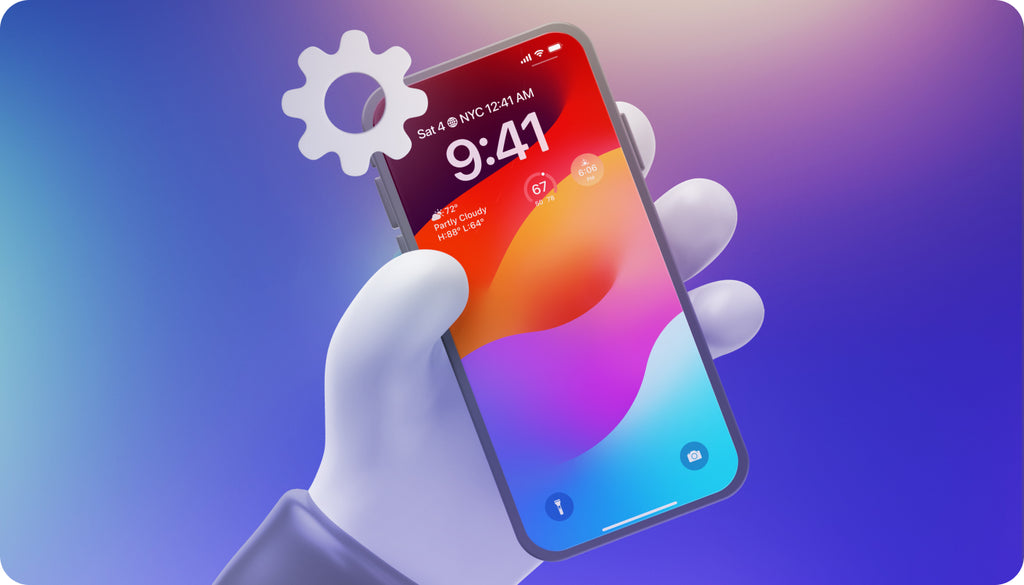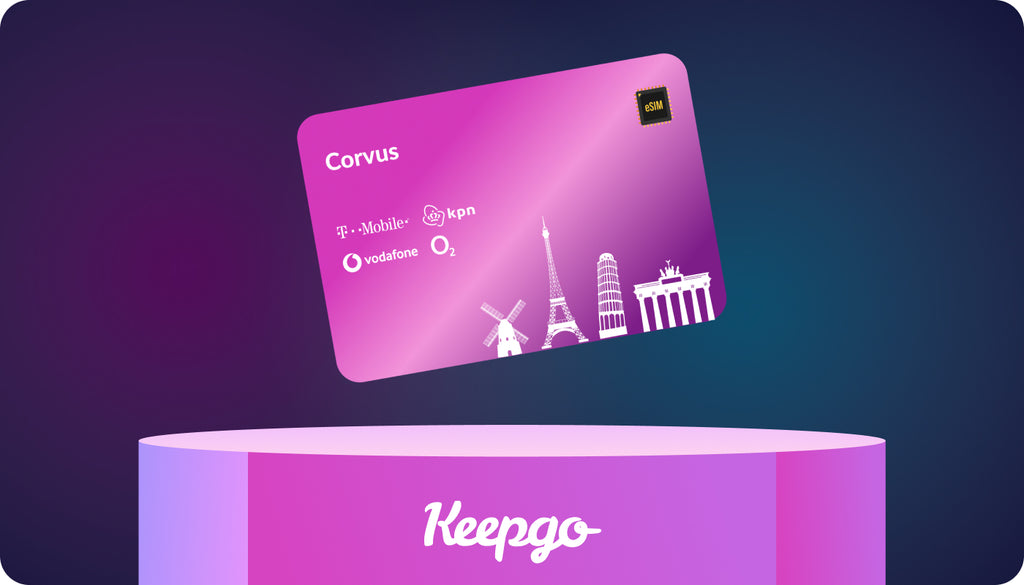The Dawn Of The Age Of Mobile Internet
Ranging from smartphones, tablets and portable gaming consoles, mobile devices have become the most convenient option for a wide range of digital services that we rely on each day. This includes daily activities like booking taxis with mobile applications, listening to online radio stations, and quick searches on the internet. These trends show that mobile internet has swiftly shifted from being a means of content consumption, to a platform that assists people to accomplish more online tasks each day. Although desktop computers and laptops remain relevant, a poll carried out by the Gallup Group reveals that the usage of mobile internet has surpassed the access to the internet using desktops. This phenomenon is driven primarily by millennials of whom 21% hardly use other devices to go online. In addition, according to the Digital Feature in Focus report, the usage of smartphone rose by 394%, while use of tablets increased by 172%. The report reveals that the combination of the two devices account for 60% of the time spent by consumers in digital media. Meanwhile, the older generation is one of the fastest growing segments of mobile users. This increased the multi-platform and mobile-only population from 60% to 74% in 2015. These statistics point towards the rise in internet access, through mobile devices. The changing trends can be seen in the graph below.

Benefits of Mobile Internet for travelers
Why the exponential rise in the use of mobile internet? One of the explanations for the phenomenon includes the convenience of mobile internet for travelers. Mobile devices foster mobility since customers do not have to use a stationary computer cable connection to get online. Instead, with a miniature antenna and portable modem, they can create their personal WIFI hotspot. With the hotspots, travelling with in RVs, boats or trains while browsing becomes a reality. The other benefits of mobile internet are highlighted below:
Increased mobility
Mobile internet eradicates the inconvenience of carrying heavy desktops, and laptops when travelling, since users can go online with more portable devices, like, smartphones and tablets. As described above, with a smartphone or smart device, all you need is a cellular data package or a portable WIFI modem and you are ready to browse the internet.
Easy Setup
Mobile internet comes preconfigured which means that users do not need to do the installation on their own. The easy setup also increases mobility and is more convenient than hunting for spotty WiFi in hotels or coffee shops.
Fast data speed
Slow internet speeds can be an inconvenience especially when travelling. However, with a personal hotspot, travelers can enjoy fast connection that is reliable and affordable as well.
Convenience
Travelers use maps, search and instant messaging often, especially when going to new and unfamiliar places. With a personal WiFi hotspot, travelling users can gain access to the aforementioned internet services on the go.
How Mobile Internet Works
Mobile internet refers to a type of internet that has been scaled down to match the various larger dimension of the different web browsers used on mobile devices. To enable this, the cellular network incorporates various geographical locations that are cumulatively known as a “cell”. The cell ensures that the device connects to the internet, via satellite technology. At the heart of each cell is a transmission tower that passes information back and forth, using radio waves. Voice and data channels are used for communication and are separated from each other to optimize the efficiency. As such, mobile voice goes in one channel, and the IP used on the internet goes to a different channel. To uploads and downloads, mobile devices have a General Packet Radio Service (GPRS) network. This network offers the getaway to the internet by providing different frequency channels.
Data Transfer
Data transfer between the mobile device and the internet entails many components. Among the primary components for this is the energy from Radio Frequency (RF). This energy is easily transmissible through solid objects including buildings. The transmitted energy transfers data between the mobile device and the web. Other than the RF a modem is also required for data transmission and it is responsible for getting the information off the RF carrier. The process of modulation and demodulation does this. The data is subsequently sent in form of packets that have both the source and the destination addresses. The router ensures that the data packet arrives at the correct destination. Furthermore, it ensures that there is an access point to the web. The access point ensures that the internet connection can be sharing. The router does this by allowing different devices to share the internet wirelessly from a single connection. The Internet Service Provider (ISP) does the administration of the access points.
High Speed Mobile Broadband
Mobile internet has undergone at least 40 years of transformation starting with basic analog to 4G and mobile broadband. Currently, there are more advanced systems among them the HSPDA evolved which offer internet speeds of 24-42 Mbps. Other new technologies include 3G and LTE, which stands for Long Term Evolution. Although the advancements are built on the previous versions of mobile internet, 3G broadband is different from 2G in that it uses CDMA. This refers to a coding method that makes many different signals to share the same frequencies. On the other hand, 4G technology replaces the CDMA with the Orthogonal Frequency Division Multiple Access (OFDMA). This advancement ensures that the frequency spectrum is used more efficiently. OFDMA is seen as the evolution of the TDMA, FDMA, and the CDMA technologies that were used in mobile devices in the past. In FDMA, the frequency spectrum is split into separate and parallel channels each carrying its unique data packets. However, there is a separation between the frequencies to eradicate overlapping and other forms of interference. Ultimately, this makes the band inefficient, resulting on slow internet speeds. However, when using OFDMA, the signals are coded digitally, divided into smaller bits, and sent to separate sub-channels; each with a different frequency. The coding process ensures that the signals are orthogonal, which mathematically means that they are independent and unrelated. This ensures that even when the frequencies overlap, there would be no interference making the spectrum use more effective and therefore faster internet speeds. OFDMA is a form of multiplexing, whereby multiple frequencies send data as opposed to a single frequency band. The main advantage of this is that the signals are clearer since there is less interference, therefore, less disruption. Using this broadband technology, fading which refers to the loss of signals as they travel is solved by reassembling the lost data using error-correction techniques.
Mobile WiFi from Keepgo
Having analyzed the working and benefits of mobile internet, we can say with confidence that it can be a lifesaver, especially when traveling for business, on vacation or some place you've never been before. That's why travelers often compare WiFi to hot water, electricity or air. If you spend a lot of time traveling and would rather have affordable mobile internet everywhere you go instead of relying on spotty and overpriced hotel WiFi, we advise you to purchase mobile cellular data from Keepgo. The company provides a mobile WiFi hotspot in the form of a pocket sized device, which can offer wireless connections to a wide range of devices among them tablets, smartphones or any other WiFi enabled devices. The hotspots are powered by the mobile broadband service that is provided by the cellular service provider in the area you are traveling to. The device is small and battery powered which increase the convenience offered to travelers. In addition, it provides a signal that can be shared by up to 10 devices.
Customers that acquire the hotspot have myriad benefits. For instance, travelers can share the connection with the travelling companions. The process of setting up the hotspot is easy since no configurations. For Apple users, they can share data even without the tethering option. Most importantly however is that the customers get the convenience of fast and reliable internet speeds that can be accessed readily on their mobile devices.




